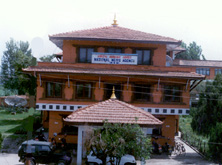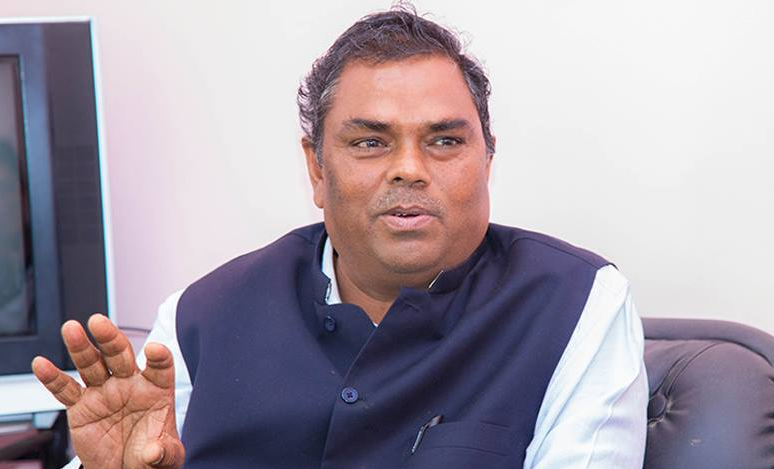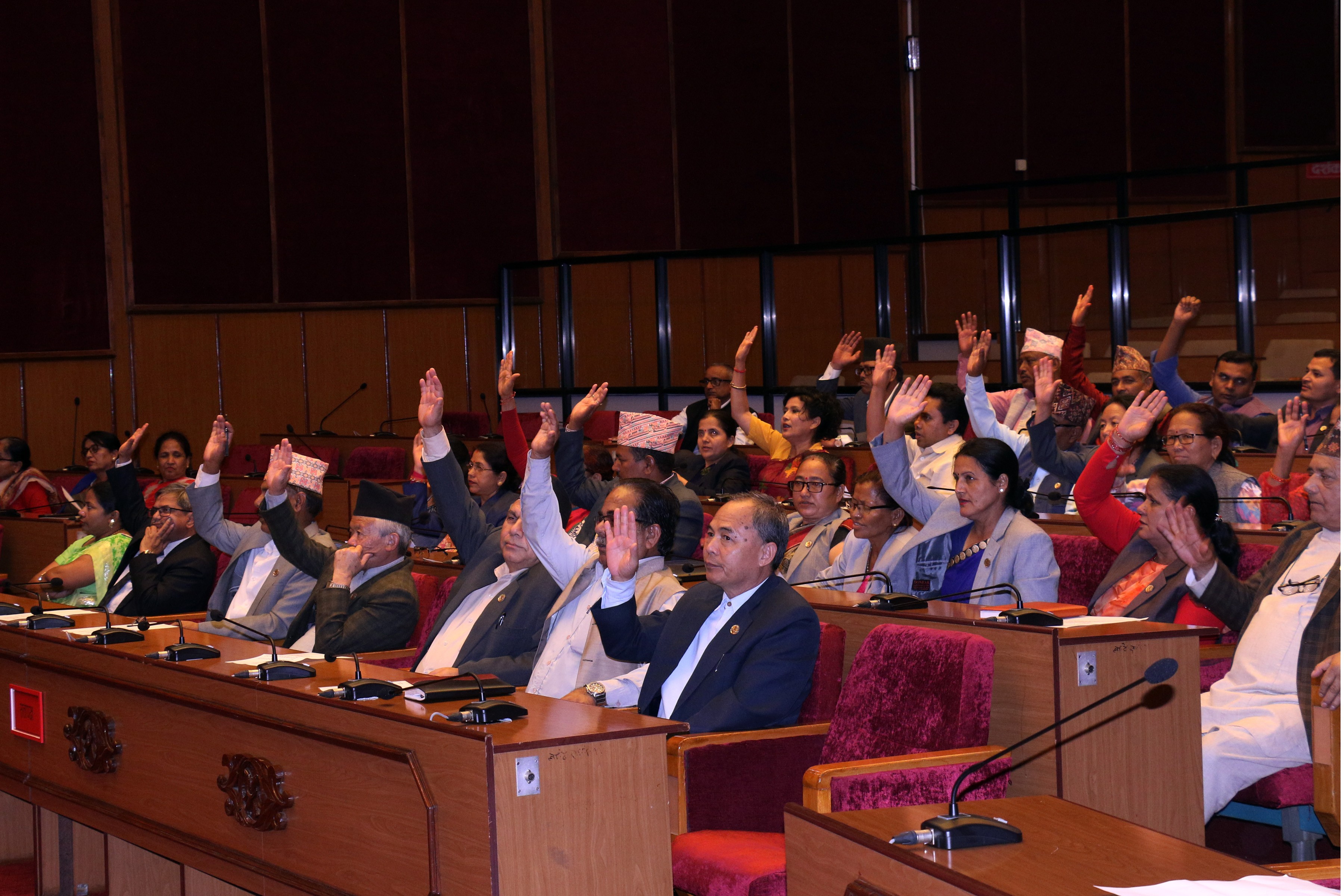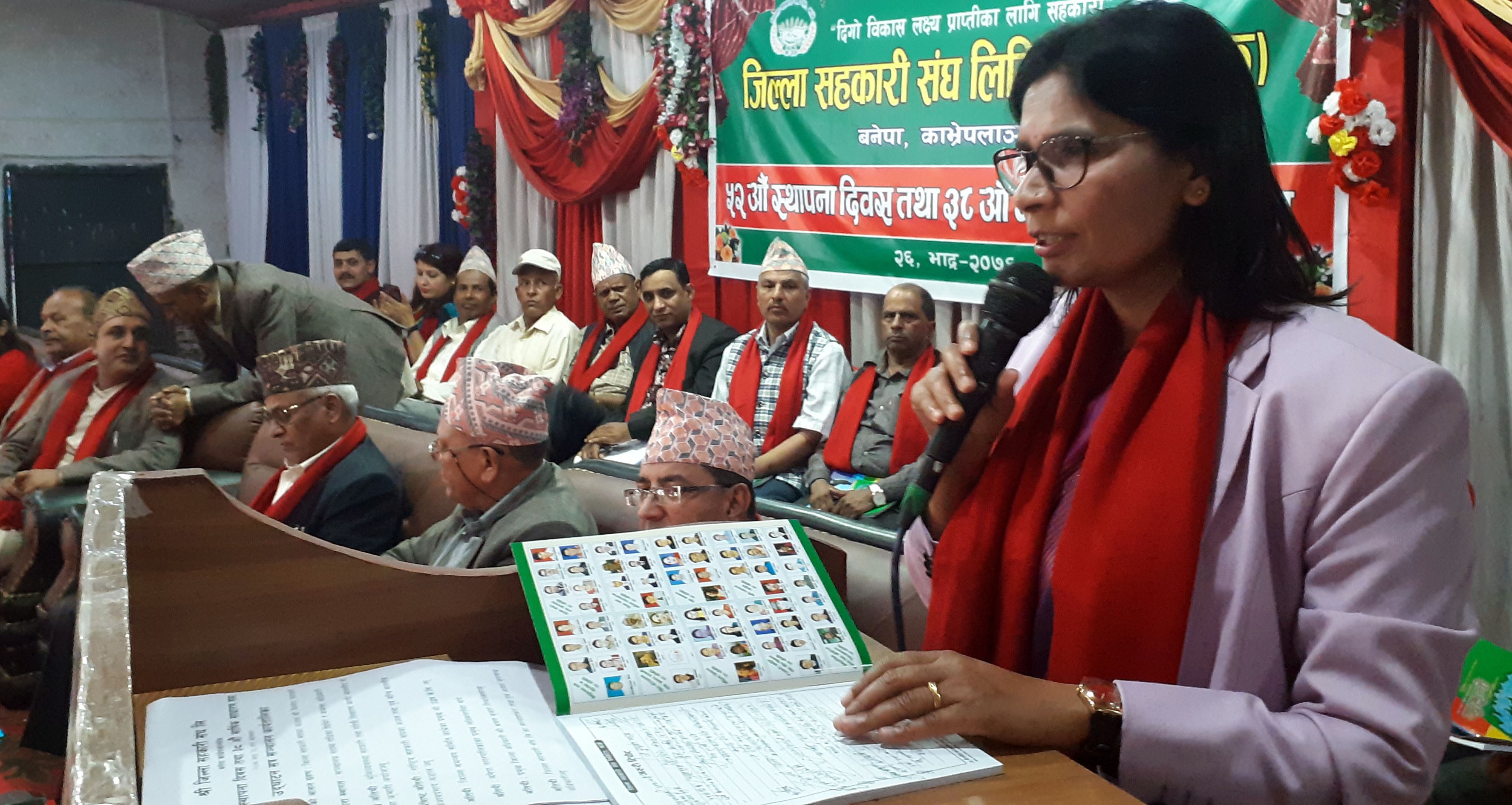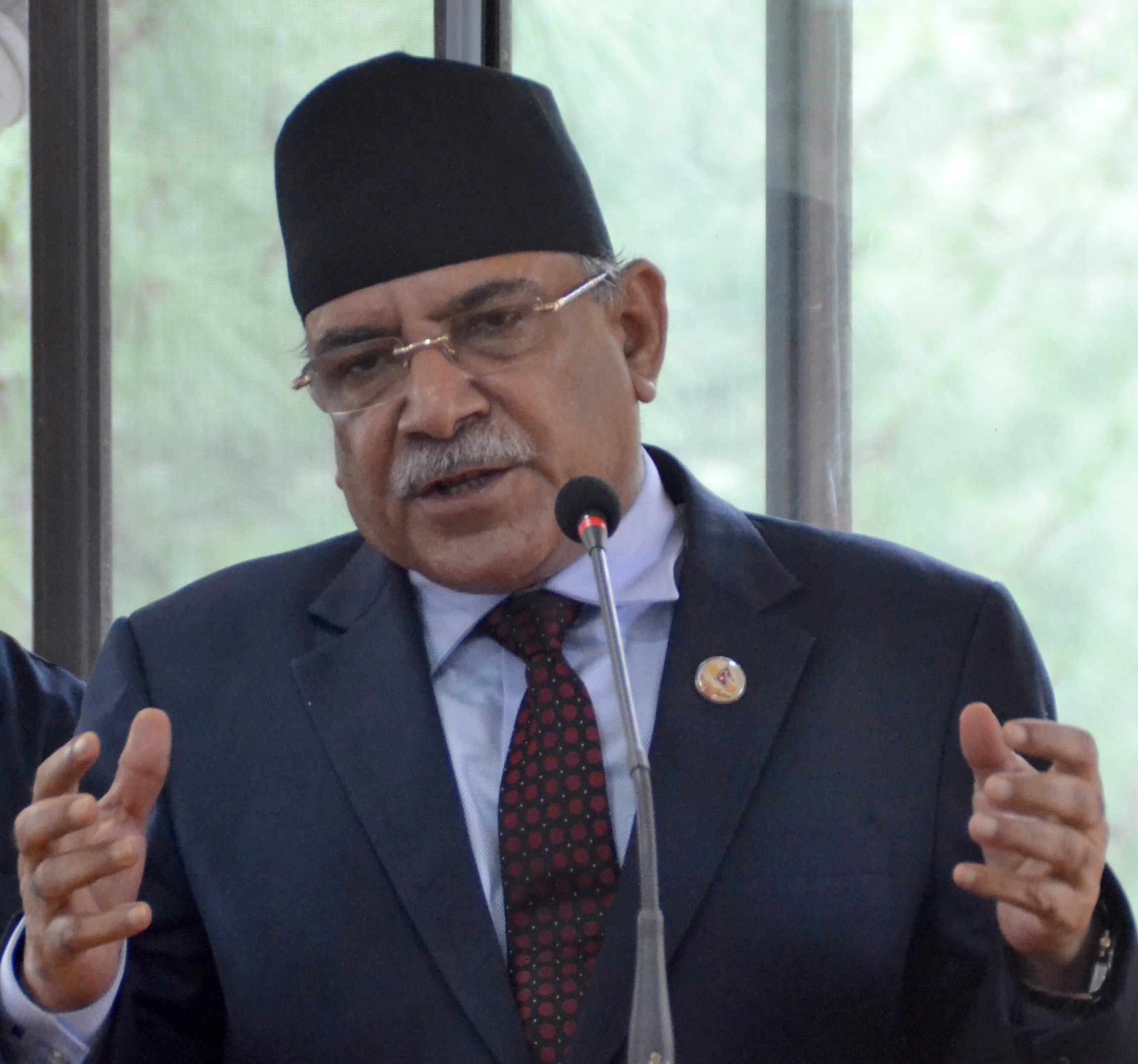COVID-19: Nepal can win the battle with Chinese experience
By Mahendra Subedi, Kathmandu, April 6 : With the first case of local transmission of corona virus in the district of Kailali, COVID-19 has stepped into its second stage in Nepal—calling for more alarm and state interventions to cope with the upcoming threats.
The situation is deemed to be more stressing in coming days for Nepal, as a woman tested positive for COVID-19 in her hometown on the 12th day of ongoing nationwide lockdown. Officials revealed that a returnee migrant worker transmitted the coronavirus pneumonia to his sister-in-law, who is in her early 40s.
With this, the total number of infected people in Nepal has reached nine. And public health experts now argue that the scope of coronavirus testing ambit should be widened with improved health equipment, namely testing kits and the personal protective equipment gear.
After the confirmation of local transmission, the health officials and experts voiced that more challenges are likely while highlighting the need for a review on government’s efforts to contain the COVID-19 pandemic. The recent case is an urgent call for screening all the foreign returnees, including those from neighbouring India, and the people in their communities back home.
As we don’t have new people coming from the third countries in the past two weeks after the government suspended all the international flights, government’s attention is expected to the India returnees, especially in the Sudur Paschim State, given the porous border.
The focus now should be in the districts that share borders with India. All people arriving and entering into Nepal soil must be kept under quarantine, Economist Dr Kalyan Raj Sharma told the RSS.
Since its outbreak in December 2019, the COVID-19 has claimed about 69,450 plus lives all over the world as of this morning, while the infected cases surpassed 1.2 million, as per the WHO data. Nepal’s northern neighbour China is the first victim of this pandemic losing more than 3,300 lives and more than 81,000 affected.
As China remained the sole sufferer until second month after the COVID-19 outbreak, the country also applied homegrown methods to contain the disease. They adopted comprehensive and rigorous prevention measures, sought for international cooperation, tried their traditional medicines along with the latest scientific and lab researches. So, in Nepal too in addition to widening the scope of screening the possible cases and the mass-based testing, the government is expected to designate more dedicated hospitals in districts where needed and possible.
Along with the three most striking and effective measures that China applied in Wuhan city is the strict implementation of lockdown and concentration of the health workers in the hotbed so that the needy people would be given best possible health care services. Likewise, another key thing the Chinese officials did was establishment of dedicated hospitals. These three are the key messages that Nepal can learn from
Chinese experience to contain the disease. Given our context of open border with India, there is no option to abide by the lockdown order and if needed, the lockdown should even be extended further.
Similarly, another thing that Nepal needs to take into consideration is the availability of logistics to frontline doctors and health workers.
Personal protective equipment (PPE) to the doctors and ventilators in the hospitals should be easily availed and even the private hospitals’ bed should be used without any further consideration.
As no specific drug is confirmed for the treatment of COVID-19, doing by learning and emulating the best practices could help keep things at bay. Likewise, the practices of South Korea, Japan and Germany are also praiseworthy in containing the disease from further spreading, which Nepal can learn. Against this backdrop, the doctors in Nepal also can sit for video conferencing with their counterparts in China, South Korea and Japan if it is realized.
Dr Sharma said, “Now, the government of Nepal should also develop a list of doctors in the country and assign them in the key priority areas for the intervention.” The government should now focus in the bordering districts of Sudur Paschim State because there is influx of Nepali migrants from Indian cities, Dr Sharma added.
Though the government officials, doctors and all stakeholders are sincerely working to contain the disease, there remain some gaps in the ongoing interventions. So, the government is expected to act promptly from stopping the situation to worsen further.
Recent News

Do not make expressions casting dout on election: EC
14 Apr, 2022
CM Bhatta says may New Year 2079 BS inspire positive thinking
14 Apr, 2022
Three new cases, 44 recoveries in 24 hours
14 Apr, 2022
689 climbers of 84 teams so far acquire permits for climbing various peaks this spring season
14 Apr, 2022
How the rising cost of living crisis is impacting Nepal
14 Apr, 2022
US military confirms an interstellar meteor collided with Earth
14 Apr, 2022
Valneva Covid vaccine approved for use in UK
14 Apr, 2022
Chair Prachanda highlights need of unity among Maoist, Communist forces
14 Apr, 2022
Ranbir Kapoor and Alia Bhatt: Bollywood toasts star couple on wedding
14 Apr, 2022
President Bhandari confers decorations (Photo Feature)
14 Apr, 2022
